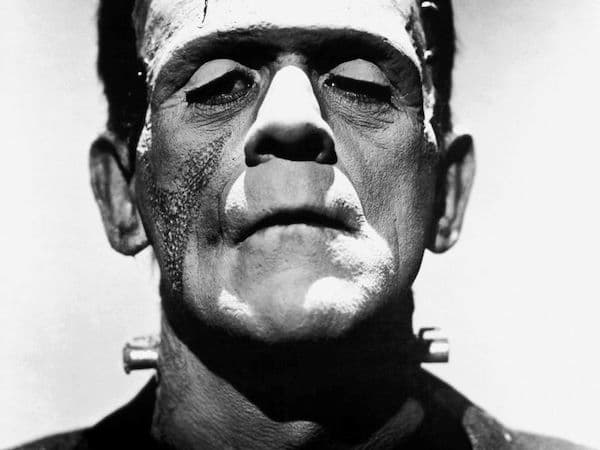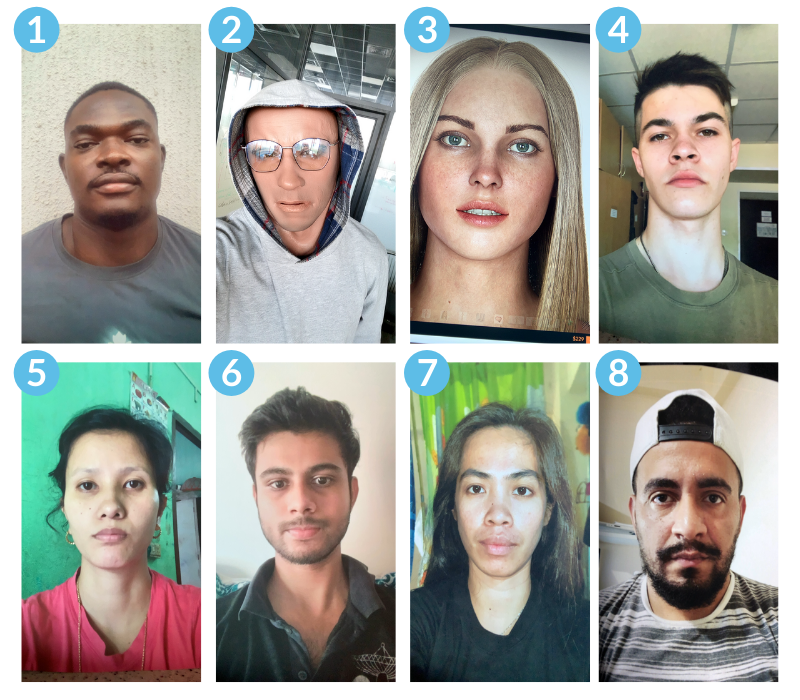By Konstantin Simonchik, Chief Scientific Officer at ID R&D
The creation scene. In perhaps the most memorable moment from the movie Frankenstein, we see the monster’s hand rise from the lab table as Dr Victor  Frankenstein exclaims, “Look! It’s moving. It’s alive. It’s alive… It’s alive, it’s moving, it’s alive, it’s alive, it’s alive, it’s alive, IT’S ALIVE!”
Frankenstein exclaims, “Look! It’s moving. It’s alive. It’s alive… It’s alive, it’s moving, it’s alive, it’s alive, it’s alive, it’s alive, IT’S ALIVE!”
Face biometrics and recognition can determine a match between a selfie of a person and a document or biometric template on file, and do so with high accuracy. What it can’t do is distinguish between a live person and someone trying to trick a biometric system into thinking it sees a live person. This is where AI-powered liveness detection comes into play. It ensures the integrity of a biometric match.
Makes sense, right? But how hard can it be to see that a person is holding up a photo or wearing a mask? Why not rely on humans for this task? There are two reasons.
AI vs Humans for Facial Liveness Detection
1. AI is more efficient at determining liveness
Relying on humans to check liveness in remote onboarding and authentication scenarios is costly and slows down identity verification for users. Removing humans from this workflow enables companies to focus expensive people resources on jobs that require skills such as critical thinking, empathy, and communication.
As more business processes and interactions become digital, face biometrics are an excellent way to strengthen security. However, automated liveness detection is a must for eliminating vulnerabilities while keeping the process secure, fast and easy. A passive liveness check can happen in under 1 second and is capable of detecting the use of printed images as well as cut out masks, 3D masks and video with accuracy close to 100%.
2. AI is more accurate at determining liveness
When it comes to the most common spoofs, AI is more accurate at determining liveness than humans. While it may seem easy to spot a selfie of a printed photo or a manipulated image of a person, it’s not as straightforward as you think. Don’t believe us?
Following are eight images. All images were accurately categorized as live or not alive (spoofed) by ID R&D’s passive facial liveness algorithm.
Let’s see how well your human eye performs. Can you spot the spoofs?

That was a bit of a trick because all of the images shown are spoofs. But you get the point. Some of these look alive! Even if you mis-categorized just one, AI results for both false acceptance and false rejection far exceed the accuracy of humans at this task.
Why AI has the edge in facial liveness detection
A human brain can look at an image and process certain information that would help categorize it as a spoof. For example, a noticeable edge around the face, odd proportions, lighting that seems unnatural, etc. We use our instincts, but we also have cognitive biases that impact how our brain interprets data. When AI looks at an image, it’s relying purely on algorithms that have learned subtle differences between a genuine image and a spoof. AI removes all guesswork from the process. And while it may not be right 100% of the time, it’s really close — far closer than a human. Furthermore AI is capable of making a liveness decision faster than a human and can do this at scale.
Different approaches to facial liveness
Just like Dr Frankenstein calling out, “It’s alive, it’s moving, it’s alive..,” when the monster lifted its hand, some liveness technology relies on movement to determine liveness. These solutions often require users to blink, smile, turn their heads, etc. Other biometric facial recognition solutions don’t require users to respond to commands, but do require multiple images or video of the user in the process of determining liveness.
One argument for using humans in the process is that these types of approaches create confusion and frustrate users which can lead to attrition.
ID R&D has a unique approach that is both passive — meaning the user doesn’t have to perform any movements/actions — and based on a single image analysis. In other words, the liveness algorithm is trained to make the distinction between a live person and spoof based on a single flat image. This image is usually the same selfie taken for face biometric matching. The process is amazingly fast and completely frictionless without sacrificing accuracy. Read more about our Level 1 and Level 2 ISO 30107-3 compliance.
While AI might have an advantage over humans when it comes to determining liveness, it’s the humans who ultimately win. By leveraging passive facial liveness, businesses can better fight identity fraud and account takeovers, customers benefit from stronger security and a better user experience, and staff can divert their attention to more meaningful tasks. Learn more about ID R&D passive facial liveness.
